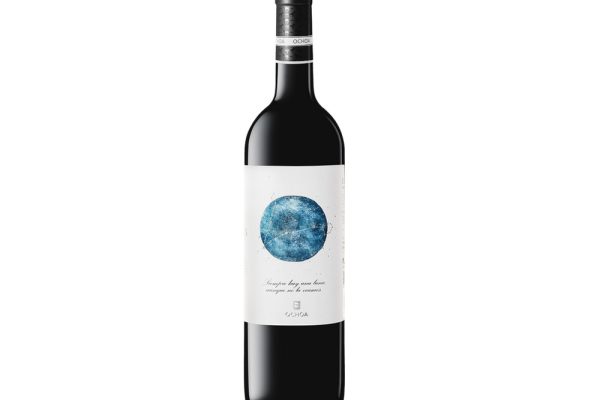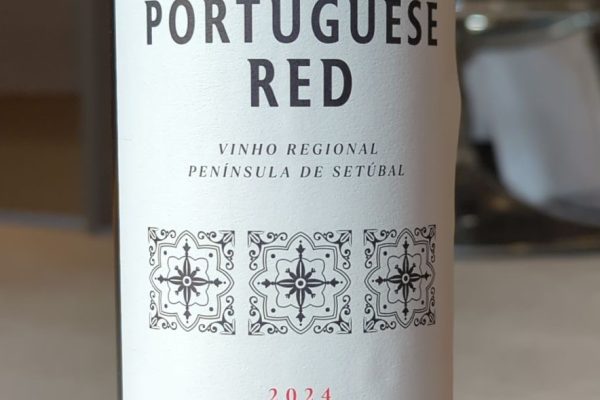
Pairing wine with cheese offers a symphony of flavours that can elevate both the wine and the cheese to new heights. The key to a successful pairing is balancing intensity and harmony in flavours and textures. Here’s a general guide to get you started, but remember, these are guidelines rather than strict rules. Exploration and personal preference play significant roles in finding your perfect pairings.
- Fresh and Soft Cheeses
Examples: Mozzarella, Burrata, Ricotta, Feta
Wine Pairings: Look for light and crisp white wines like Sauvignon Blanc or Pinot Grigio. Sparkling wines, such as Prosecco or Champagne, can also be great, cutting through the creaminess of the cheese with their acidity and bubbles. - Bloomy Rind Cheeses
Examples: Brie, Camembert, Triple Crème
Wine Pairings: Chardonnay, especially those with a bit of oak aging, complements the creamy texture of these cheeses. Sparkling wines continue to be excellent choices here, bringing a refreshing contrast to the rich, buttery flavours. - Semi-Hard, Medium-Aged Cheeses
Examples: Cheddar, Gouda, Emmental
Wine Pairings: These cheeses pair well with a variety of wines. Medium-bodied reds like Merlot or a fruit-forward Grenache can work nicely. For white wine lovers, a dry Riesling or a Viognier offers a lovely balance. - Hard, Aged Cheeses
Examples: Parmigiano-Reggiano, Aged Gouda, Pecorino
Wine Pairings: Full-bodied red wines are a classic choice. Think Cabernet Sauvignon, aged Rioja or Barolo. These wines have the structure and tannins to stand up to the intensity of hard, aged cheeses. - Blue Cheeses
Examples: Gorgonzola, Roquefort, Stilton
Wine Pairings: Sweet dessert wines like Sauternes, Port, or Moscato d’Asti create a delightful contrast with the saltiness and sharpness of blue cheeses.
Tips for Pairing:
Balance Intensity: Match the intensity of the wine with the intensity of the cheese.
Contrast and Complement: Consider how the flavours of the wine can complement or contrast with the flavours of the cheese.
Acidity and Fat: Wines with good acidity can cut through the fat of creamier cheeses, creating a refreshing balance.
Experiment: Don’t be afraid to try unconventional pairings. Sometimes, the most surprising combinations can be the most rewarding.














